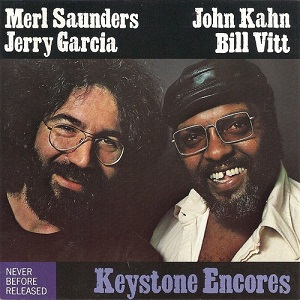While they didn’t put a lot of money into the kover design, The Kink Kronikles expertly served up four sides’ worth of klassic Kinks music from the period since that hits album, kombining hit singles, B-sides, album tracks, and other nuggets that had either been ignored by radio or not released in America at all. Mendelsohn’s point was that these tunes deserved to be heard, and now they were. While most of the albums represented here were of the konceptual ilk, he made damn sure to touch on several one-off singles from in between said koncepts, proving that they were just as good at 45 as they were at 33. (And yes, that would be Nicky Hopkins playing so many of those keyboards, kredit long overdue.)
Side one alone offers three tracks that had yet to appear in America. The overly music hall “Berkeley Mews” was left over from the Village Green era, and had only recently made it out as the British B-side of “Lola”. “This Is Where I Belong” was another British B-side, and it’s just glorious, while “Willesden Green” is an odd choice, being chosen from the Percy soundtrack to even Mendelsohn’s befuddlement. But around all that are “Victoria”, “Village Green Preservation Society”, “Holiday In Waikiki” for some reason, and the eternal “Waterloo Sunset”.
Side two explores the various downtrodden individuals that were Ray Davies’ trademark, from the more familiar “David Watts” and “Sunny Afternoon” to album tracks “Get Back In Line” and “Shangri-La”. Kult klassics “Dead End Street” and “Autumn Almanac” get welcome exposure, while “Did You See His Name”, another Village Green leftover, hadn’t been released anywhere yet.
Side three takes a side trip to more whimsical karacters, to varying success. There’s “Fancy”, with its drone and simple lyrics, followed by the goofy flop single “Wonderboy”. “Apeman” was an FM radio hit, kleverly shadowed by the American debut of “King Kong”, another goofy flop. The ragtimey “Mr. Pleasant” is a matter of taste, while “God’s Children” is far and away the best song from Percy, and Dave Davies finally gets the spotlight for “Death Of A Clown”.
Side four is said to be about women, so of kourse it starts with “Lola”, followed by its American B-side “Mindless Child Of Motherhood”. (What Mendelsohn didn’t know at the time was that this Dave Davies song, like “Susannah’s Still Alive” a few tracks later, addresses the same lost love and child he’d yet to meet.) “Polly” and “Big Black Smoke” were both B-sides from the Something Else period, and “She’s Got Everything”, with its last vestige of that famous guitar sound from ’64, was also dusted off to back up “Days”, the wonderful single that fittingly kloses the set.
While many of these tracks have since been re-assigned to various expanded album reissues and box sets in kontext, The Kink Kronikles remains an excellent follow-up to that first hits album, and anyone delving deeper into the albums sampled shouldn’t feel any redundancy. There are only a couple of klunkers here, yet it still holds up, particularly as the band had already moved on to a kompletely different place.
The Kinks The Kink Kronikles (1972)—4
:format(jpeg):mode_rgb():quality(90)/discogs-images/R-11927416-1524914792-7402.jpeg.jpg)






:format(jpeg):mode_rgb():quality(40)/discogs-images/R-864524-1166831680.jpeg.jpg)